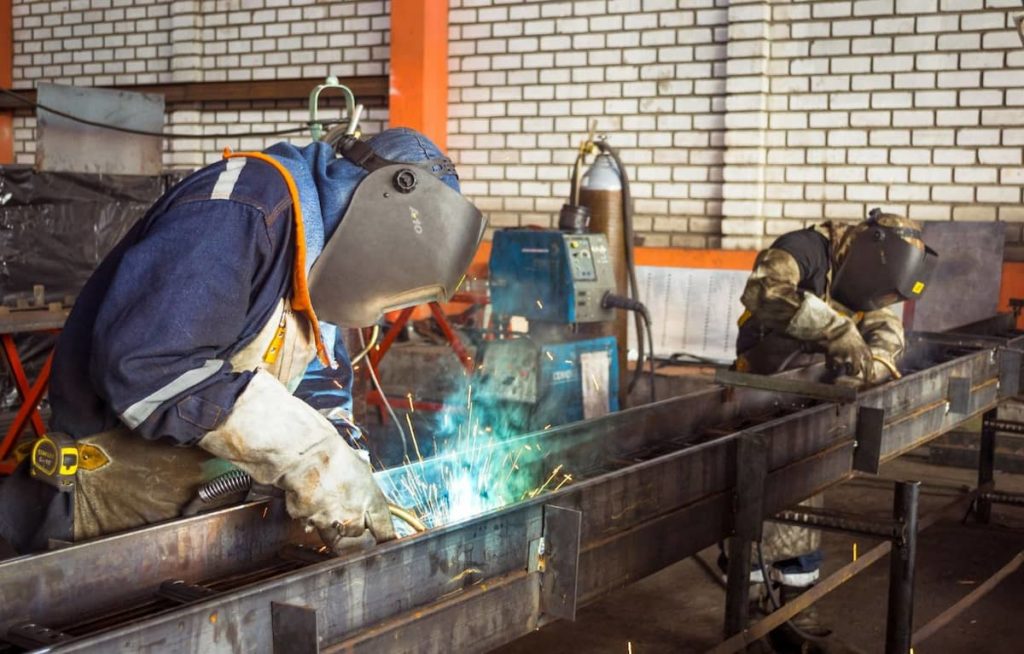Are you interested in learning more about backstep welding? As a valuable technique used for joining metal components, this type of back step welding is highly sought by amateur and professional welders alike.
Table of Contents
Whether you’re an experienced artisan looking to perfect other side of your craft or just starting your journey as a welder, understanding backstep welding is one such technique that can help you advance your skills. Let's start with a quick introduction to the basics of what it takes to succeed at Backstep Welding.
What is Backstep Welding and How Does It Work?
Backstep Welding or back step welding distortion is a welding process where the welder moves backward along the joint while welding. This allows for more uniform penetration of heat and metal into the weld pool. As a result of back step welding distortion, it creates smoother, stronger welds with fewer flaws than other types of welding.
The technique requires patience takes practice and skill to perfect, as the heat must be carefully managed to ensure the weld bead and the molten metal fuses together properly. Backstep Welding is often used when precise welds are necessary, such as in aircraft or automotive manufacturing.
It’s why stitch welding is one such technique also commonly used for repairs and to join pipes base metal and other metal components together. To perform backstep welding, a welder must understand the proper techniques for controlling the welding machine's heat to produce consistent, smooth welds.
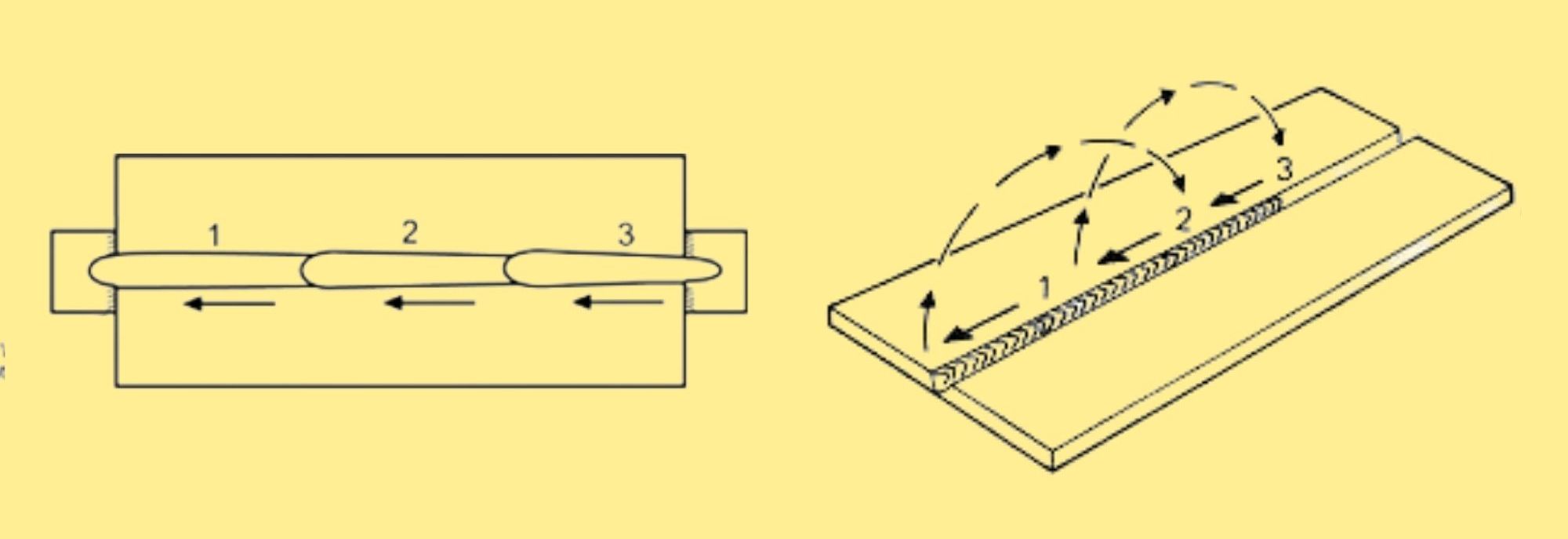
Benefits of Backstep Welding Over Other Types of Welding
Backstep Welding is a highly sought-after welding technique used for metal joining due to its many benefits over other welding processes. Due to the backward motion of the welder, allows for more uniform penetration of heat and metal into the weld pool, which results in smoother, stronger welds with fewer flaws.
Backstep Welding is also more precise than other types of welding; this makes it ideal for jobs that require a high level of accuracy, such as aircraft or automotive manufacturing.
Furthermore, backstep welding can be used on thinner metals that would be difficult to fuse with other processes. This makes it ideal for repairs and joining pipes in industrial settings.
Different Types of Backstep Welders
Backstep Welding is a versatile technique skip welding that can be used on various materials, and in different types of welders. The most common type of backstep welder is oxy-acetylene, which uses two oxygen and acetylene tanks to heat the molten metal.
Stick welders are also widely used; these machines use an electric current that runs through a metal rod to heat steel, and joins the two pieces in straight line of material.
Tungsten inert gas (TIG) welders are recommended for more delicate applications. These machines use a tungsten electrode heated by an arc to melt the metals together. Lastly, MIG welders are ideal for heavier materials and steel; they consist of electrodes and a gun that feeds a wire electrode with an electric current to the welding point.
Regardless of your type of welder, Backstep Welding is invaluable in any welder’s repertoire. With practice and knowledge of the back step technique, welders can produce superior results in any job. From automotive applications to delicate repairs, backstep welding can be used for any welding job.
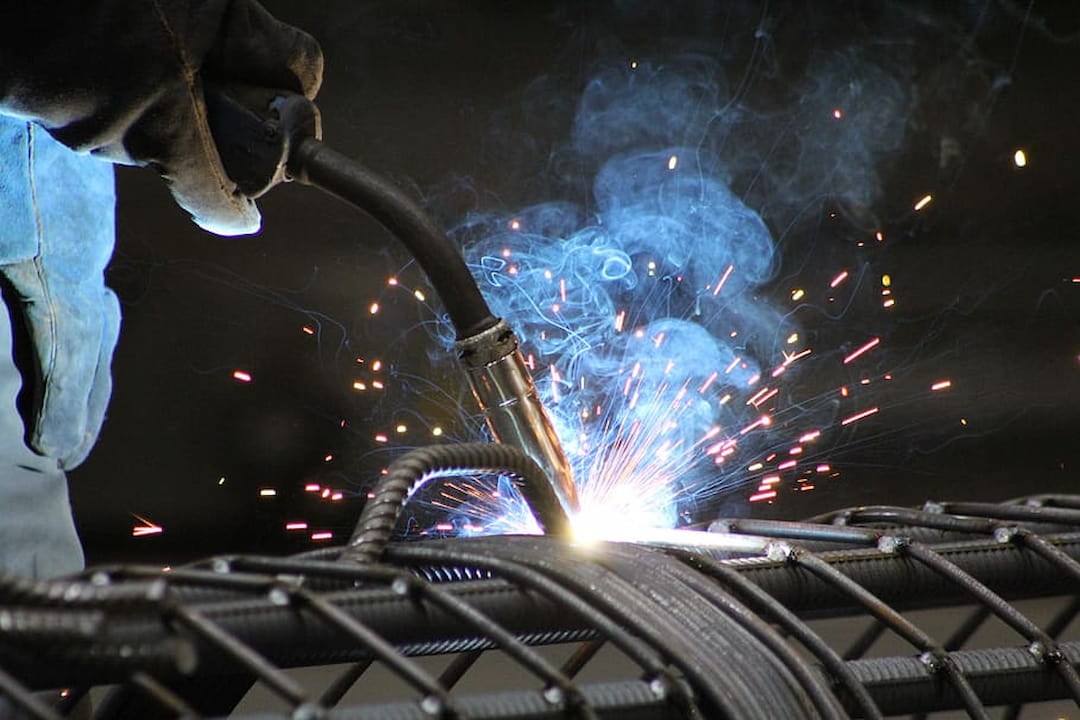
What Is the Sequence of Operations in Backstep Welding?
Backstep Welding is a welding process in which the welder moves backward along the joint while welding weld metal. This allows for more uniform penetration of heat and metal into the weld metal and pool, resulting in smoother, stronger welds with fewer flaws than other types of welding.
The sequence of operations in this technique includes setting up the equipment, preheating the metal, welding in a reverse progression to ensure uniform penetration, heating and cooling cycle, finishing by the tack welds removing excess slag and cleaning the butt welds. The heat must be carefully managed throughout the cooling cycle of this process to properly fuse the metal.
It can be used for basic welding techniques such repairs bead welding and joining pipes, making it an invaluable technique in any welder’s toolkit. Professional welders should understand the complete sequence of operations in Backstep Welding to ensure successful weld results with each job. With patience and knowledge, welding professionals can master this skill and produce excellent welds.
Backstep Welding is a valuable welding process for metal joining. Its sequence of operations requires careful heat management and a reverse direction progression along the joint for optimal penetration of heat and metal. Professional welders who understand this technique can produce superior results with each job.
Common Mistakes to Avoid When Backstep Welding
Backstep Welding requires patience and skill to perfect the workpiece and welders must understand common mistakes to avoid producing quality results.
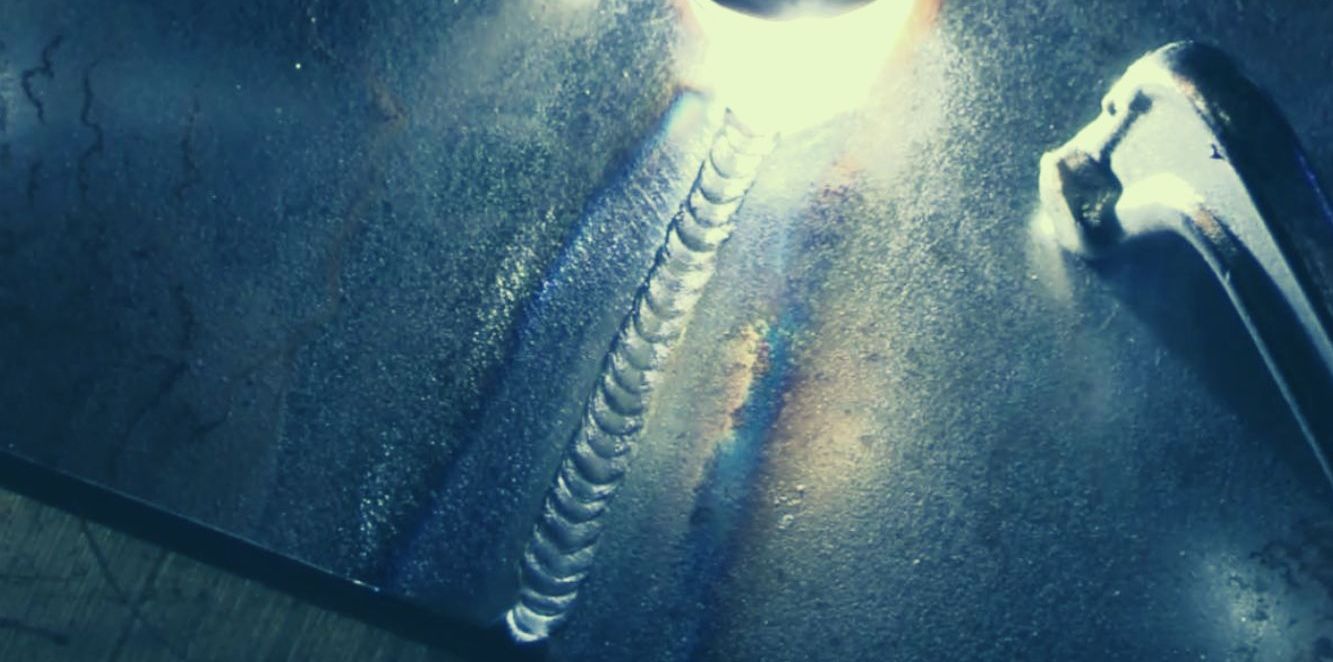
The first mistake is not allowing enough time to preheat the metal before welding, leading to high temperatures, an uneven weld pool and a weak joint. The second is using the wrong type of rod to weld. Different rods are used for so many different welding techniques and materials, and selecting the wrong one can lead to a sub-par weld.
Another mistake is not controlling the arc length properly; too short or too long of an an arc welding method, will affect the quality of the weld. Lastly, it is important tack welds to remember that Backstep Welding requires a backward progression, and welders must be mindful of their first step welding direction.
Backstep Welding is an invaluable technique for metal joining that produces superior results over traditional arc welding processes. Understanding the proper techniques for controlling the back step welding machine's heat and preheating the metal is important to avoid common mistakes.
Safety Tips for Backstep Welders
Backstep Welding is a complex process that requires proper safety precautions to ensure the health and safety of welders.
Before beginning, wearing proper protective clothing, such as flame-resistant overalls, gloves, and a welding helmet, is important. It is also essential to keep the work area free from flammable materials.
It is also important to take regular breaks and keep hydrated while doing intermittent welding yourself, as the process can be physically strenuous. Lastly during intermittent welding, it is essential to monitor the equipment’s condition; if any malfunction is detected, stop working immediately and get a professional welder to inspect it before continuing continuous weld.
Backstep Welding is an invaluable skill for metal joining, and welders should understand the proper safety precautions to ensure a safe working environment. With practice and knowledge of the full back step welding technique, welders can produce superior results in any job.
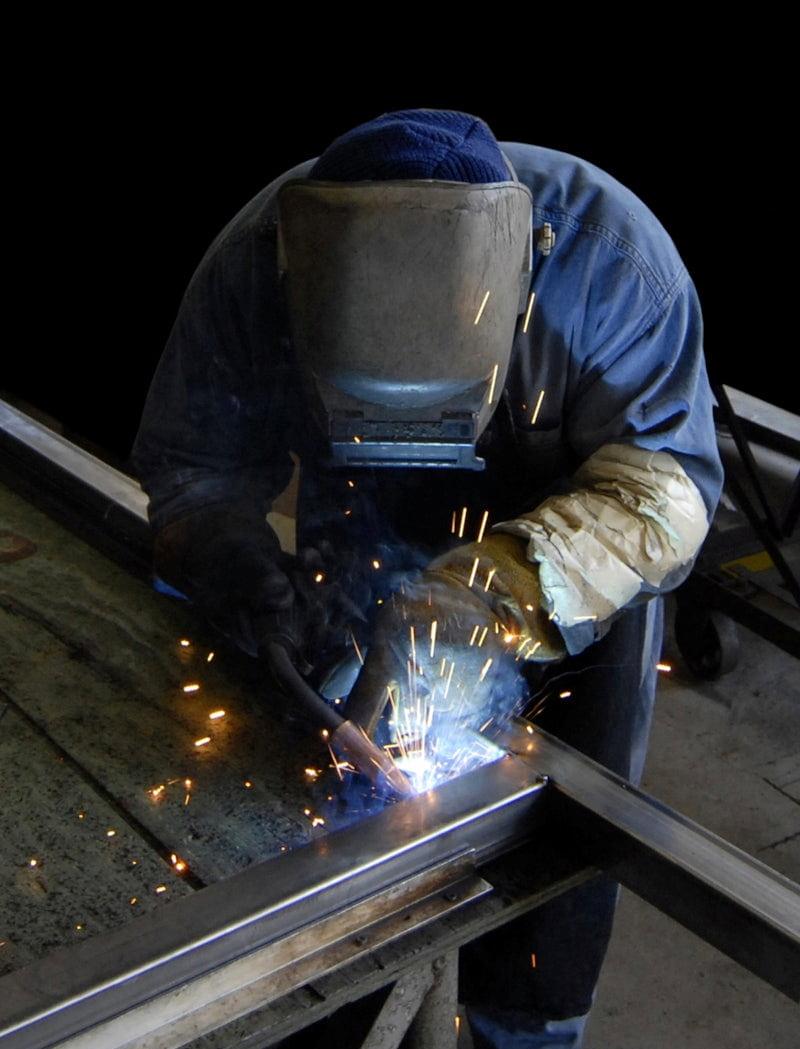
FAQs
What are the benefits of backstep welding?
The benefits of Backstep Welding include a more uniform heat penetration into the whole welded part pool, resulting in stronger and smoother welding with fewer flaws. It is also more precise than other types of the welding techniques and can be used on thinner metals that would be difficult to fuse with other processes.
How is backstep welding performed?
Backstep Welding is a method performed by setting up the equipment, preheating the metal, welding weld bead in a reverse progression to ensure uniform penetration, and then finishing by removing excess slag and cleaning the weld. The heat must be carefully managed throughout this process to properly fuse the already welded bead to metal.
What are the limitations of backstep welding?
The main limitation of Backstep Welding is that it requires more time and skill than other types of welding. It can also be difficult to get the thickness and heat penetration just right, especially in thicker pieces base metal or thin sheet of metal. Lastly, it is not ideal for metals that are too thin or thick.
